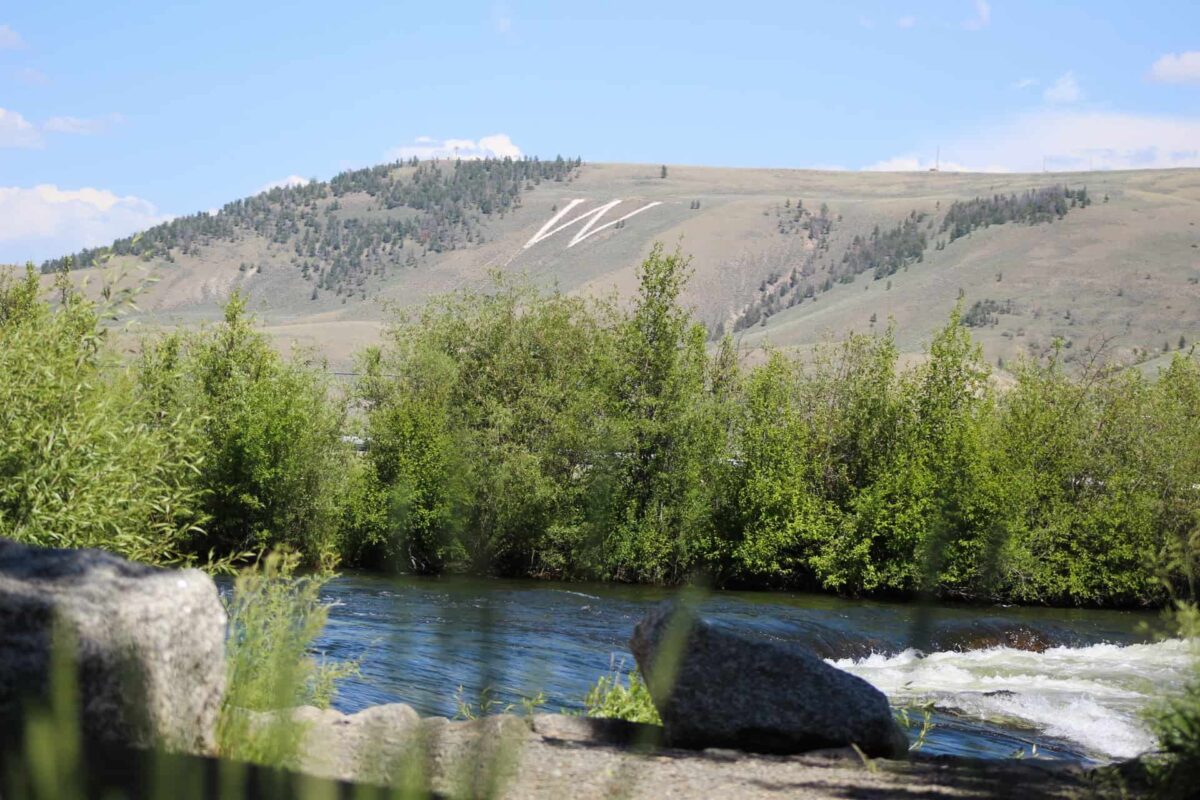By Rebecca Briesmoore
Rebecca Briesmoore is a Water Resources Engineer and Project Manager for the Colorado River District, a local government agency that represents water users in 15 counties on the Western Slope of Colorado, including Gunnison County. She graduated from Western in May 2023 as a Master of Environmental Management (MEM).
With summer officially underway, Briesmoore takes a deep dive into the water outlook in the Gunnison River basin.
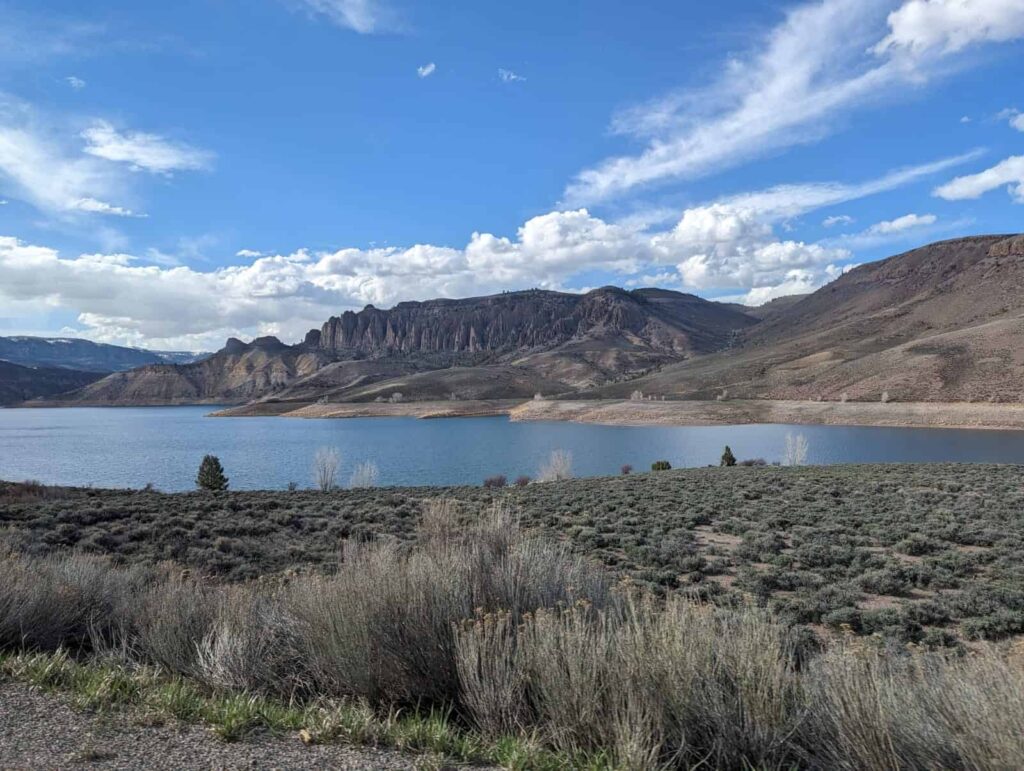
After a particularly dry two years, water users in the Gunnison Valley are breathing a sigh of relief as above-average winter snowpack has bolstered regional water levels. Blue Mesa Reservoir, Colorado’s largest body of water — which reached historically low levels in late 2022 — has risen almost 70 feet since last October.
At a current elevation of 7512 ft MSL (mean sea level, used for calculating how full a reservoir is) the reservoir sits approximately seven feet below full pool (the maximum water level) at 92 percent full.
The Gunnison River at the local Whitewater Park gage, just under 10 stream miles above the Lake City Bridge, has been flowing above 2,000 cfs (cubic feet per second, the indicator of flow rate used for streams and rivers) since early May. Last year, flows only topped 2,000 cfs for a grand total of four days.
Blue Mesa Reservoir, though just several feet from its maximum capacity, may not fully fill this summer, in part due to high releases from the dam earlier during runoff season. In May, the Bureau of Reclamation, which owns and operates the Aspinall Unit — the system comprised of the Blue Mesa, Morrow Point, and Crystal Dams as well as Blue Mesa Reservoir — released a high-water volume out of the reservoir for eight days to mimic the natural high flows of spring runoff.
While these mimicking high flows are beneficial to the ecosystem in general, the release was part of a federal program designed to assist four threatened and endangered native fish species in Colorado that rely on high spring flows: the humpback chub, Colorado pikeminnow, bonytail, and razorback sucker.
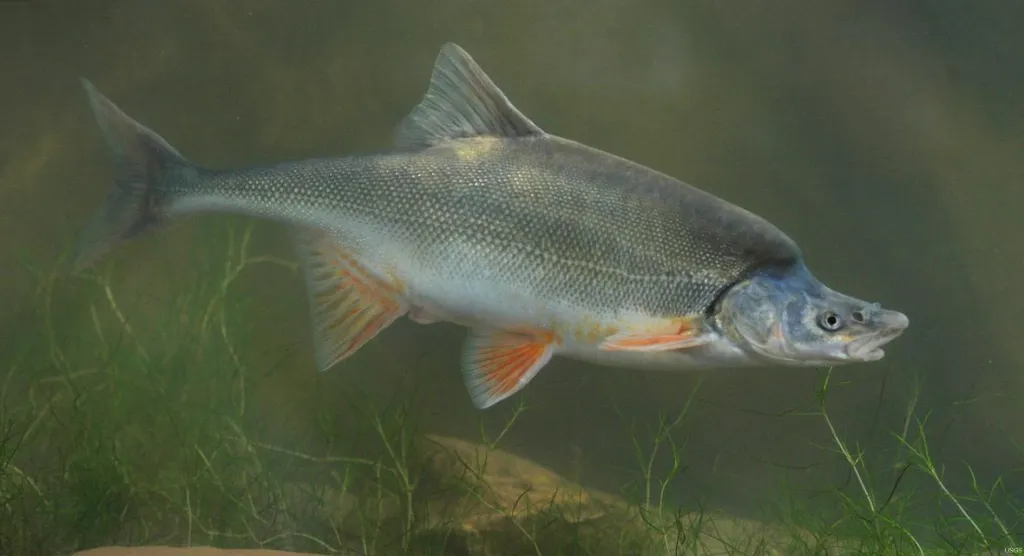
Hefty snowpack alleviates the region’s water woes
Recent low water levels in 2021 and 2022 were in part due an emergency release in August 2021, which sent 181,000-acre feet (abbreviated as AF, the amount of water it would take to fill an acre of land one feet deep) of water from Colorado River Storage Project reservoirs managed by the Bureau of Reclamation downstream to sustain Lake Powell and the Glen Canyon Dam’s hydroelectric plant down in Arizona.
The Colorado River Storage Project, or CRSP, is a federal system of reservoirs including Blue Mesa, Flaming Gorge Reservoir in Wyoming and Utah, and Navajo Reservoir in New Mexico and southern Colorado that store water supplies for the upper Colorado River basin states.
The 36,000 AF released from Blue Mesa Reservoir in late summer 2021 caused frustration among recreationists and recreation-based businesses within the Gunnison Valley, particularly at Elk Creek Marina, which was forced to shorten the boating season by six weeks, losing roughly 25 percent of its annual revenue.
Elk Creek Marina remained closed through 2022. However, the Lake Fork Marina remained open due to its proximity to the dam, where the water remained deep enough to launch boats.
This summer, because of snowpack in the Gunnison basin that peaked at 166 percent above average, both marinas are up and running. While snowpack is used to forecast spring runoff and river flows, experts are interested in how other measurement tools, such as soil moisture, could increase forecasting accuracy.
With increasing temperatures, spring runoff is happening sooner, peaking earlier in the summer, and creating a longer dry season in late summer and fall. Soaring temperatures are exacerbating these effects, leading the landscape to dry out faster.
In the spring, when runoff peaks, soils are thirsty from a long dry season and soak up more of the melting snowmelt. Because of these compiling impacts, for every 1 degree increase in temperature, it’s estimated that river flows decrease 9 percent.
And while this winter’s banner snowpack has rebounded low water levels in the Gunnison Basin and throughout the state, experts warn that drought in the Colorado River Basin is far from over. In Colorado, the drought status has been lifted from almost every region, but without reservoirs as large as Lake Powell or Lake Mead, water supplies can be diminished in just a couple dry years, as the Gunnison Valley saw with Blue Mesa Reservoir from 2020 to 2022.
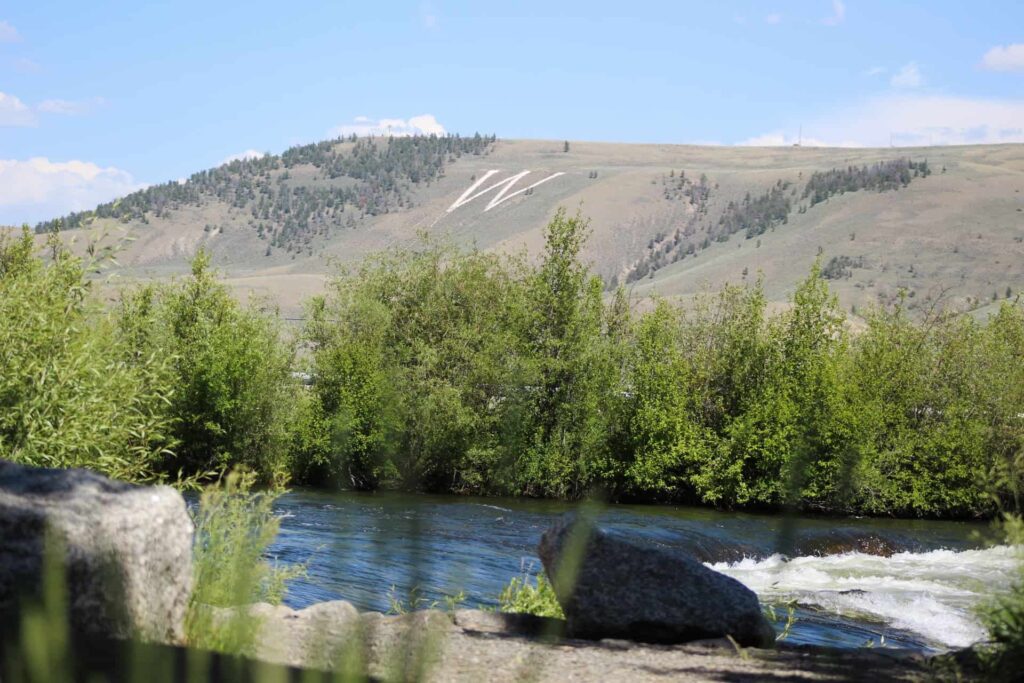
Gunnison residents make the most of a high-water year
But at least for this year in the Gunnison Valley, water users are taking advantage of the good hydrology. In early May, two Gunnison locals, Hunter Enloe and his father, Scott Enloe, caught a record-breaking lake trout in Blue Mesa Reservoir.
At 73.29 lbs. the lake trout easily surpassed the previous Colorado Parks and Wildlife record lake trout for Blue Mesa, which weighed in at 50 lbs. back in 2007. CPW’s largest logged fish, a grass carp caught in Jefferson County in 2013, clocked in at 57 lbs.
The International Game Fish Association, which also tracks fishing records, lists its all-time lake trout record as 43 inches long, paling in comparison to the 47 inches reportedly reeled in by Enloe.
However impressive the catch, it is unlikely that the Enloe’s see their name in any record books, as after catching, measuring, and weighing the fish, a process that took about a minute and a half according to Scott, they released the fish, but Enloe was not too upset about the record staying off the books, saying “I know what I caught, and I’m good with it.”
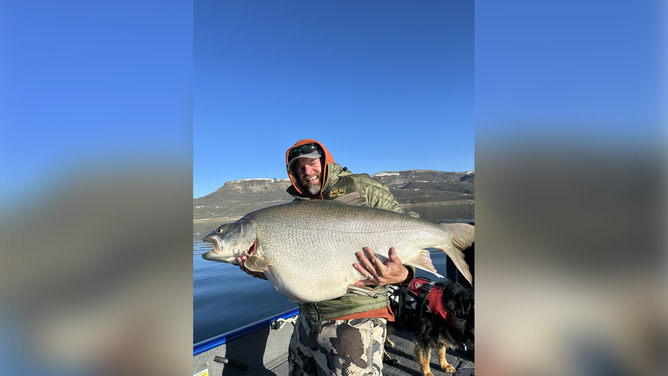
Celebrating the Gunnison River
Throughout the summer, the Upper Gunnison River Water Conservation District is hosting the Gunnison River Festival, “a summer celebration of our rivers,” comprising of recreational events over the three summer months, culminating in the Sunni Gunni Costume Float & River Celebration.
The event, which takes place Saturday, Aug. 26, is jointly hosted by the City and County of Gunnison in conjunction with the Upper Gunnison River Water Resource Conservancy District (UGRWCD).
The celebration starts at 10 a.m. at Shady Island and ends at Gunnison Whitewater Park. For more information about the Gunnison River Festival, you can visit the webpage, hosted by UGRWCD.

